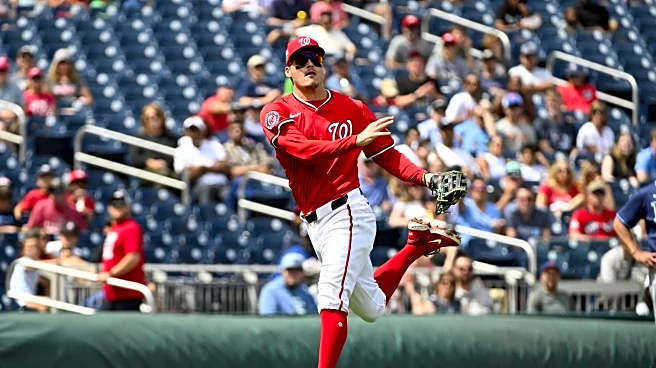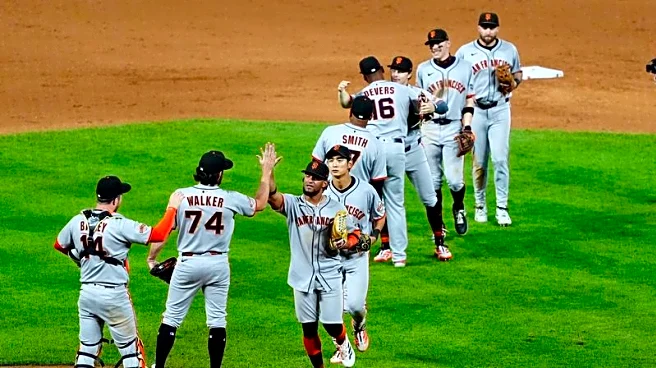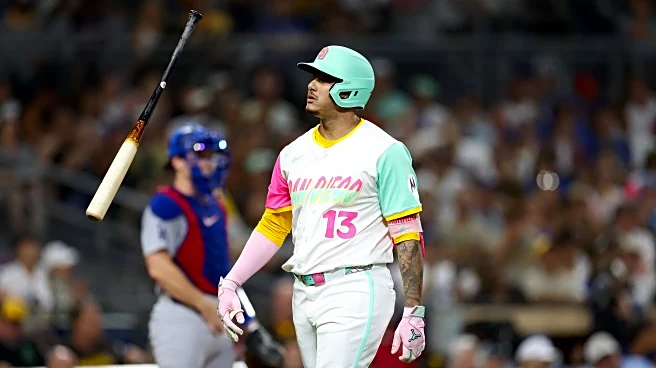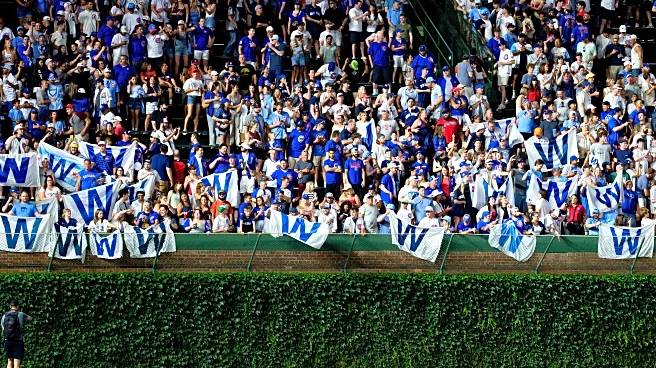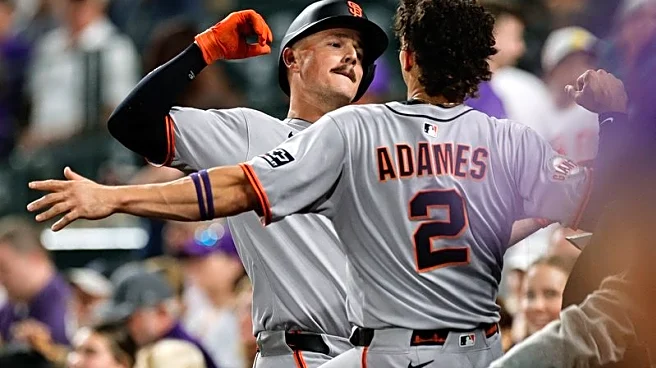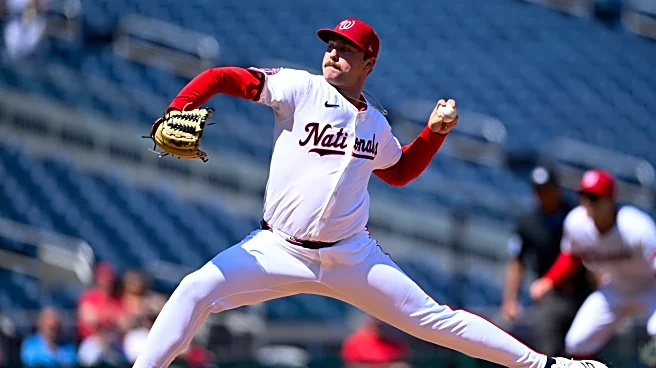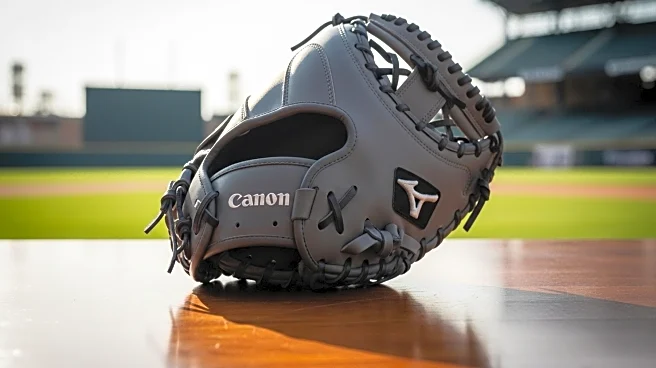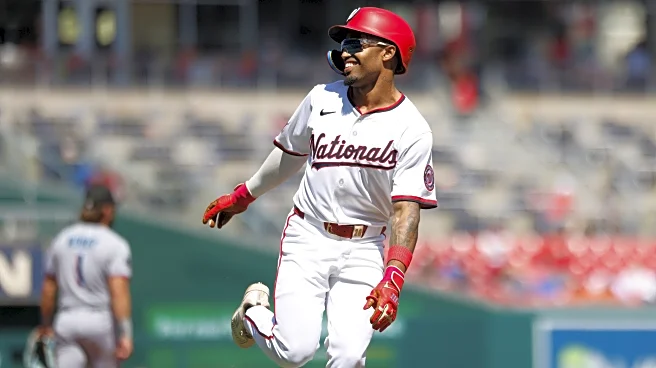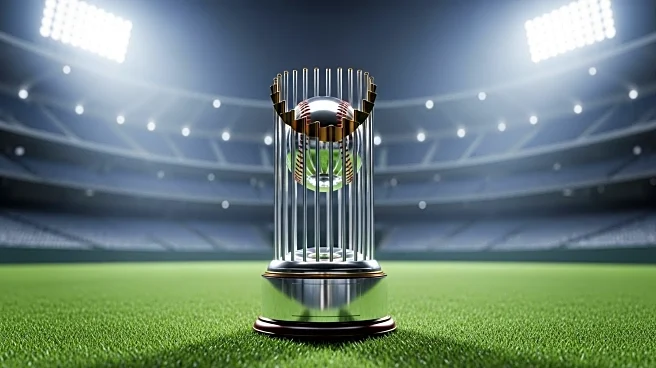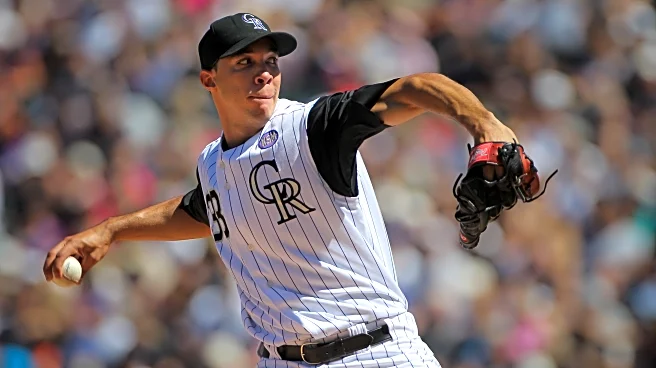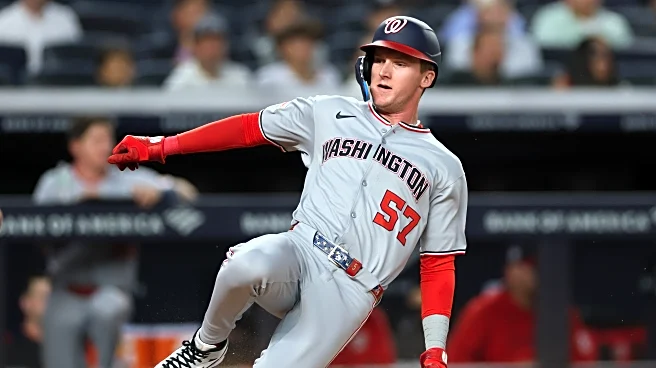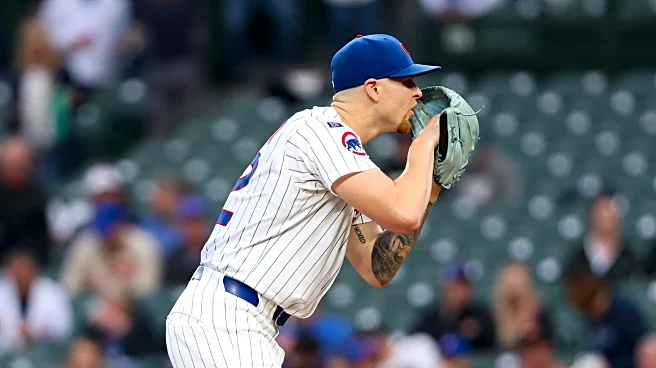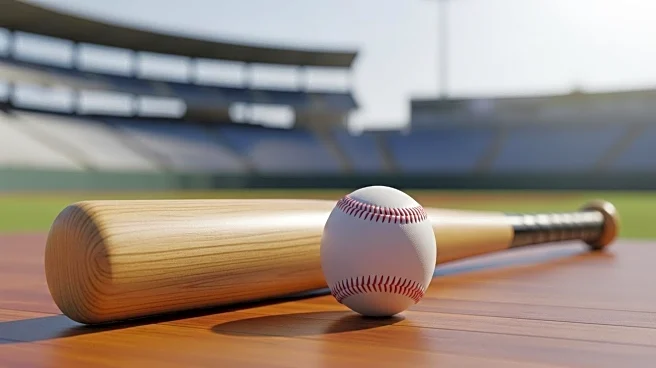
After a 4-year wait from being selected 11th overall in the 2021 MLB Draft to 2025, Brady House made his much-anticipated big league debut on June 16th against the Colorado Rockies. Since then, he’s played a total of 55 games, all at third base, and accumulated 209 plate appearances. While it’s certainly too early to make any final calls on House’s future, especially since his high swing-and-miss, high power output archetype is one that can take time to acclimate to big league pitching, let’s still
take a look at what he’s done well so far, and what he needs to improve on.
The Good
Defense
House began his professional career at shortstop, but a back injury in 2022, combined with the sentiment from scouts that he was likely better suited for third base in pro ball anyway, led to him making the transition to the hot corner in 2023. Since then, he’s only gotten better and better there, and it’s become evident he is a more than capable big league defender in his short big league stint.
According to Statcast, House’s range ranks in the 63rd percentile among all big league third basemen, but his arm is where he really shows off, as his average arm strength of 89 MPH ranks 5th among all third basemen, and his max throw velocity of 94.4 MPH ranks 6th. To be such an impressive big league defender at the hot corner at such a young age is an incredible achievement for House, and there is serious Gold Glove potential if he continues to build himself up over there as he has the past few years.
The Hard Hits
While it’s been a struggle to turn it into consistent power so far, with both of House’s big league homers coming on July 12th in Milwaukee, House has indeed been hitting the ball hard to begin his big league career. While he’s yet to play enough games for his hitting numbers to qualify for the percentage leaderboards on Statcast, his average exit velocity of 89.8 MPH looks to register just above the 50th percentile mark, and his hard hit rate of 45.2% ranks even higher than that.
We also finally got a look at House’s bat speed upon his big league arrival, and so far, it is pretty solid, coming in around the 55th percentile of all hitters. House hasn’t been generating consistent power just yet due to a variety of factors, which I will dive into later in the article, but so far, he’s showing the ingredients of a future solid power hitter at the major league level.
The Speed
This one may come as a surprise to some, but House has registered some pretty solid run times in his first big league stint, as his average sprint speed of 27.8 MPH ranks in the 61st percentile in MLB, including 24th out of 73 qualified third basemen (many of those ahead of him not being true third basemen but rather utility players). House has also flashed strong instincts on the basepaths, as he’s swiped 4 bags and only been caught once in his 55 career big league games, double-digit steal pace over the course of a full season. Whether this speed is the product of House being young and hungry to prove himself still or not, the ability to swipe double-digit bases to go along with great defense and 20+ home runs per year would make House a surefire top 10 third baseman in the league.
The Bad
The Plate Approach
House has never been known for his plate discipline or bat-to-ball skills, walking just 7.1% of the time and striking out 26.5% of the time in Triple-A this season, but the issue has become even more glaring in the start to his big league career, as he’s walking just 2.4% of the time and striking out 28.7% of the time. That equates to a 0.08 BB/K ratio, which is the worst in baseball among all hitters with at least 200 plate appearances. It is possible to be an above-average hitter with a bad BB/K ratio, but it’s much more difficult, as just 1 hitter in the bottom 18 has a wRC+ over 100 (Kerry Carpenter, 117), and 6 of the top 30 are above 100, none over 117.
While the approach is cause for concern, the bottom line is the current coaching staff has failed to institute a real plate approach with any of the youngsters on the Nats (With Keibert Ruiz and Luis Garcia Jr. being the primary examples). I expect House to make some strides in this department in 2026 with a new regime in charge, though House’s plate approach is likely never going to be a calling card for him.
The Ground Balls And Opposite Field Fly Balls
Stop me if you’ve heard this before, but a National is hitting too many groundballs, and it’s stopping him from unlocking his power potential. Yes, like many Nationals prospects before him, House hasn’t had the necessary tweaks made to his swing to hit for more consistent power by the Nationals coaches at any level. Unsurprisingly, the issue has become apparent now that he’s facing big league pitching that doesn’t make as many mistakes, and House has just 10 doubles and 2 home runs through 201 big league at-bats. Unless you’re Jacob Young, offensive success is found through hitting the ball into the gaps and over the fence, and, according to House’s spray chart of his hits, he’s living on seeing-eye singles and down-the-line doubles, a difficult recipe for sustainable success.
House, also like many other Nats, isn’t pulling the fly balls he is hitting, a factor that is preventing him from reaching his true power potential. His 12.5% pulled fly ball percentage, if qualified, would be among the bottom 40 in baseball, alongside almost strictly contact hitters, with the select few power hitters being those who consistently smoke the baseball, such as James Wood and Corey Seager. Pete Crow-Armstrong, who’s 28.4% pulled fly ball percentage, is an example of how a player with a tendency to swing-and-miss to get close to maximizing their offensive value, and that is by making every ball in play count, something House is struggling with so far in his short big league stint.
The Ugly
The Whiffs
House’s swing and miss issues have been well documented, and they have persisted at the start of his big league career. He ranks near the bottom in baseball in chase and whiff percentage, and has been getting bullied by pitchers low and away, with a whiff percentage of 65% on pitches low and away out of the zone. His sweet spot is up and inside, as it’s the pitches he swings at the most and makes the most contact, but he can’t hunt for the pitches he wants when he’s constantly getting behind in the count chasing sliders out of the zone. The pitch giving House the most trouble, however, is the fastball, as he has a -7 run value against them and a 30.7% whiff rate.
Unlike the problems in “the bad”, which are problematic but likely solvable, there may not be much that can be done about House’s swing and miss issues as a whole. Sure, an improved approach will help him lay off more of the ones out of the zone and give him the opportunity to sit the pitches he does like, but it won’t stop pitchers from attacking in the zone early with the pitches House struggles with.
The Bottom Line
The bottom line is that Brady House is just 22 years old and has played just 55 career big league games, meaning it’s way, way, way too early to make any final calls on who he will turn out to be. What we can do, however, is look at the sample as it stands and compare it to his minor league performance to see what type of player we are dealing with. Who is Brady House? He is a slick fielding, sneakily speedy, power-hitting third baseman who struggles with swinging and missing and optimizing his batted ball profile. I am excited to see how House continues to grow and change at the big league level, especially under a new and improved coaching staff in 2026.
